In the dynamic world of interior design, where innovation and aesthetics converge, porcelain slabs have emerged as a game-changing material poised to shape the future. These large-format, ultra-durable ceramic panels, born from advanced technology and centuries-old craftsmanship, offer a perfect blend of beauty, versatility, and functionality. From residential sanctuaries to commercial masterpieces, porcelain slabs are redefining how we envision and interact with interior spaces. This article delves into the rise of porcelain slabs, their unique properties, their wide-ranging applications, and why they are heralded as the next frontier in design.
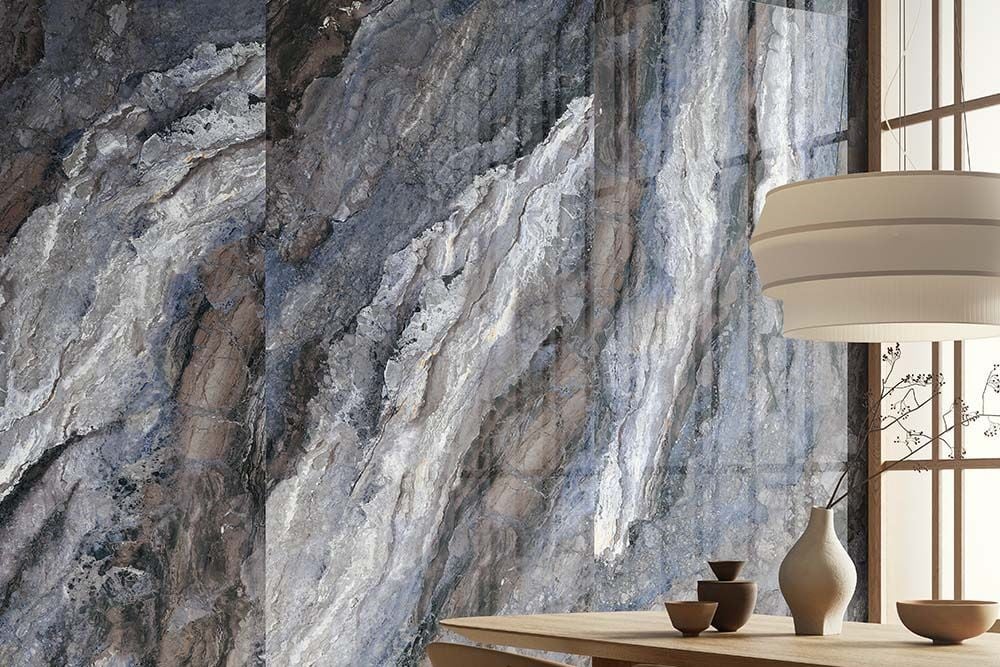
The Evolution of Porcelain Slabs
Porcelain, a refined type of ceramic, has been cherished since its inception in ancient China for its strength and elegance. Traditionally used for delicate tableware and decorative objects, porcelain has undergone a dramatic transformation in recent decades. The advent of cutting-edge manufacturing techniques—such as high-pressure pressing and precision firing—has given birth to porcelain slabs: expansive, thin, and robust panels that push the boundaries of what ceramic can achieve. Available in sizes up to 12 feet by 5 feet (or larger) and thicknesses as slim as 3mm, these slabs combine the classic allure of porcelain with modern engineering, making them a revolutionary material for interior design.
The Science Behind the Slabs
Porcelain slabs are crafted from a blend of natural materials—kaolin, quartz, and feldspar—finely ground and mixed with water to form a malleable clay body. This mixture is pressed under immense force and fired at temperatures exceeding 1,200°C (2,192°F), resulting in a vitrified, non-porous surface. The process eliminates air pockets and fuses the material into a dense, uniform slab that is lightweight yet incredibly strong. Advanced digital printing technology then allows for intricate designs, from realistic stone and wood patterns to abstract artistic motifs, all sealed beneath a durable glaze. This marriage of tradition and innovation underpins the slabs’ rise as a forward-thinking design solution.
Why Porcelain Slabs Are the Future
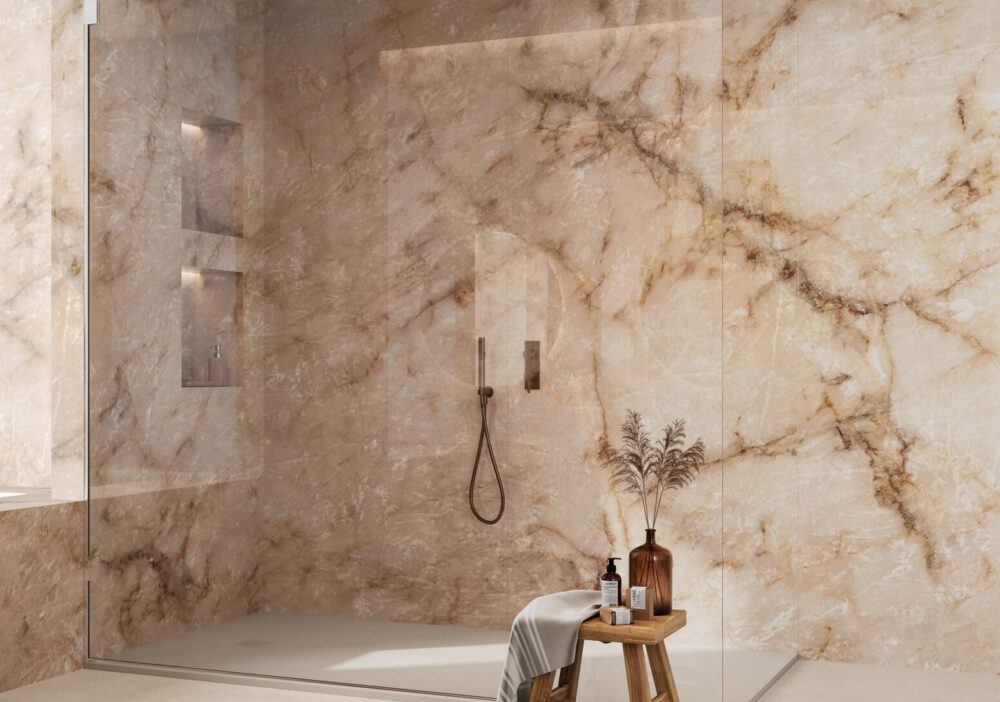
The growing popularity of porcelain slabs in interior design is no fluke—it’s a response to their unmatched qualities that align with contemporary needs and aspirations. Here’s why they are seen as the future:
Unprecedented Versatility: Porcelain slabs can mimic the look of natural materials like marble, granite, or timber with stunning accuracy, while offering greater consistency and customization. Their expansive sizes and thin profiles allow for seamless installations across floors, walls, countertops, and even furniture, eliminating the need for multiple materials.
Sustainability: As environmental consciousness shapes design trends, porcelain slabs stand out. Made from abundant natural clays and recyclable in production, they offer an eco-friendly alternative to quarried stone or hardwood. Energy-efficient kilns and water recycling in manufacturing further reduce their ecological footprint.
Durability and Low Maintenance: Resistant to scratches, stains, heat, moisture, and UV fading, porcelain slabs are built to withstand the rigors of modern life. Their non-porous surface repels bacteria and requires minimal upkeep, appealing to busy households and commercial spaces alike.
Lightweight Strength: Despite their slimness, porcelain slabs are exceptionally sturdy, making them easier to transport and install than traditional stone slabs. This opens up new possibilities for vertical applications and renovations without structural reinforcement.
Aesthetic Innovation: With digital printing and texturing, porcelain slabs can achieve finishes ranging from ultra-polished to ruggedly matte, catering to diverse styles—minimalist, industrial, or opulent. Their ability to replicate rare materials or create entirely new patterns fuels boundless creativity.
Applications Redefining Interiors
Porcelain slabs are not just a material—they’re a design philosophy, enabling architects and designers to rethink spaces. Their applications are vast and transformative:
Flooring: Large-format slabs create uninterrupted surfaces that enhance openness and flow, ideal for open-plan homes or expansive commercial lobbies. Wood-look porcelain, for instance, brings warmth without the maintenance of hardwood.
Wall Cladding: From statement accent walls to full-room wraps, porcelain slabs add texture and depth. Three-dimensional designs or metallic finishes turn walls into sculptural art.
Countertops and Surfaces: In kitchens and bathrooms, porcelain slabs offer a sleek, hygienic alternative to granite or quartz, resisting heat and spills while showcasing bold veining or solid hues.
Furniture Design: Designers are crafting tables, shelves, and cabinetry from porcelain slabs, blending durability with elegance in custom pieces that double as functional art.
Outdoor Integration: Weatherproof and slip-resistant, porcelain slabs extend interiors to patios, balconies, and pool areas, blurring the line between inside and out.
The Role of Technology in Shaping the Future
The future of porcelain slabs lies in technological advancements that continue to push their potential. Ultra-thin slabs (as little as 3mm thick) enable cladding over existing surfaces, reducing waste in renovations. Digital printing now achieves photorealistic precision, replicating the imperfections of natural stone or the grain of rare woods. Meanwhile, innovations like anti-slip coatings and integrated heating systems make porcelain slabs smarter, adapting to the demands of modern living. As 3D printing and robotic cutting refine production, bespoke designs and complex shapes will become more accessible, further cementing porcelain’s role in personalized interiors.
Advantages Driving Adoption
Porcelain slabs bring a host of benefits that position them as a leader in future design:
Seamless Aesthetics: Fewer grout lines and larger panels create a clean, cohesive look that enhances spatial harmony.
Cost Efficiency: While offering the luxury of stone, porcelain slabs are often more affordable and easier to install, broadening their appeal.
Adaptability: Their ability to suit residential, commercial, and outdoor settings makes them a universal solution for evolving design needs.
Challenges and Considerations
No material is without its hurdles. Porcelain slabs, while durable, can chip if mishandled during installation, requiring skilled labor. Their sleek surfaces may also show scratches or dust more readily in high-gloss finishes, necessitating thoughtful maintenance. However, these challenges are outweighed by their long-term value and adaptability, especially as installation techniques improve.
A Vision for Tomorrow
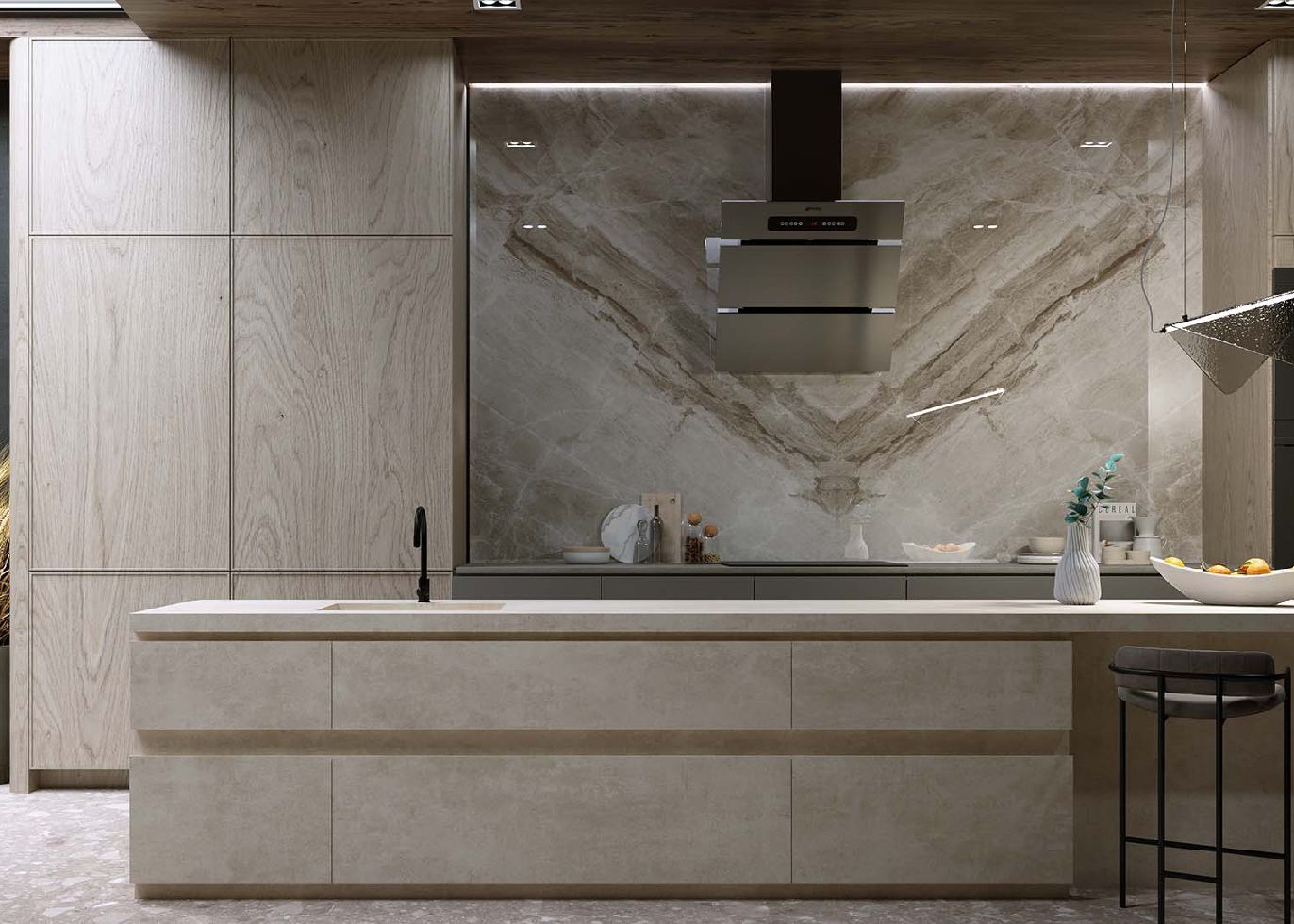
Porcelain slabs embody the ethos of future-focused design: sustainability, innovation, and timeless beauty. They cater to a world where spaces must be multifunctional, resilient, and visually captivating. Imagine a home where walls shift textures with the seasons, countertops double as interactive surfaces, or outdoor terraces seamlessly extend living areas—all made possible with porcelain slabs. As designers experiment with bold colors, oversized formats, and hybrid applications, these slabs will continue to evolve, reflecting the aspirations of a design-conscious society.
Conclusion: A Material Ahead of Its Time
Porcelain slabs are more than a trend—they are a paradigm shift in interior design. Their ability to fuse cutting-edge technology with the enduring qualities of ceramic craftsmanship positions them as the material of tomorrow.
Whether transforming a cozy apartment into a modern retreat or elevating a corporate space into a statement of prestige, porcelain slabs offer a canvas for creativity and a foundation for durability. As we look to the future, they stand as a testament to the power of innovation in shaping how we live, work, and dream—a material that doesn’t just follow design but defines it.
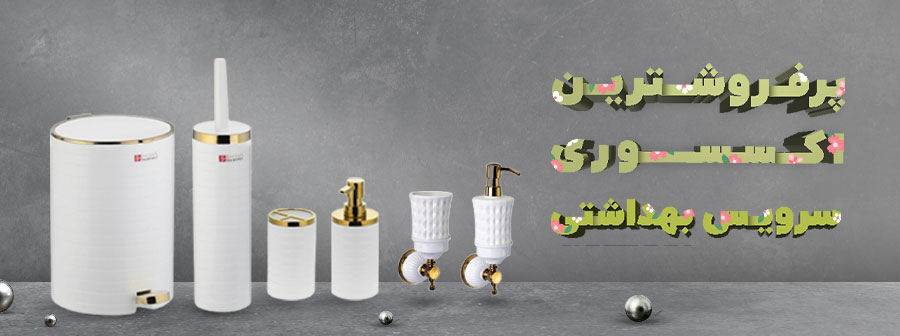
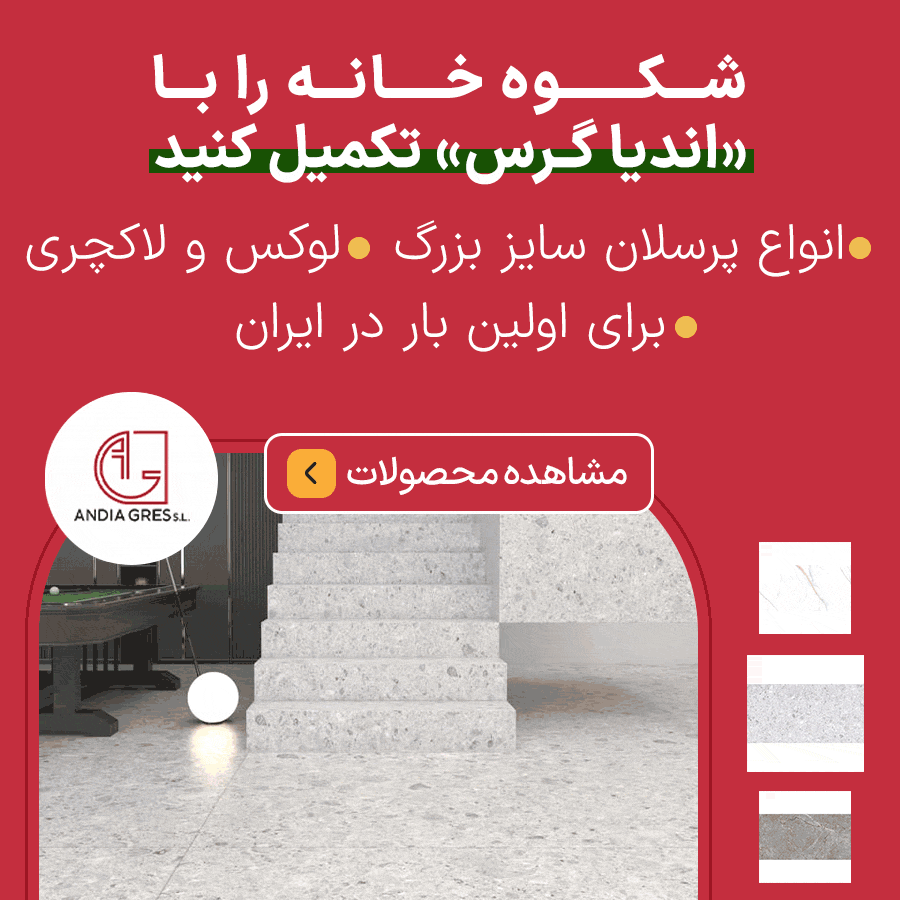
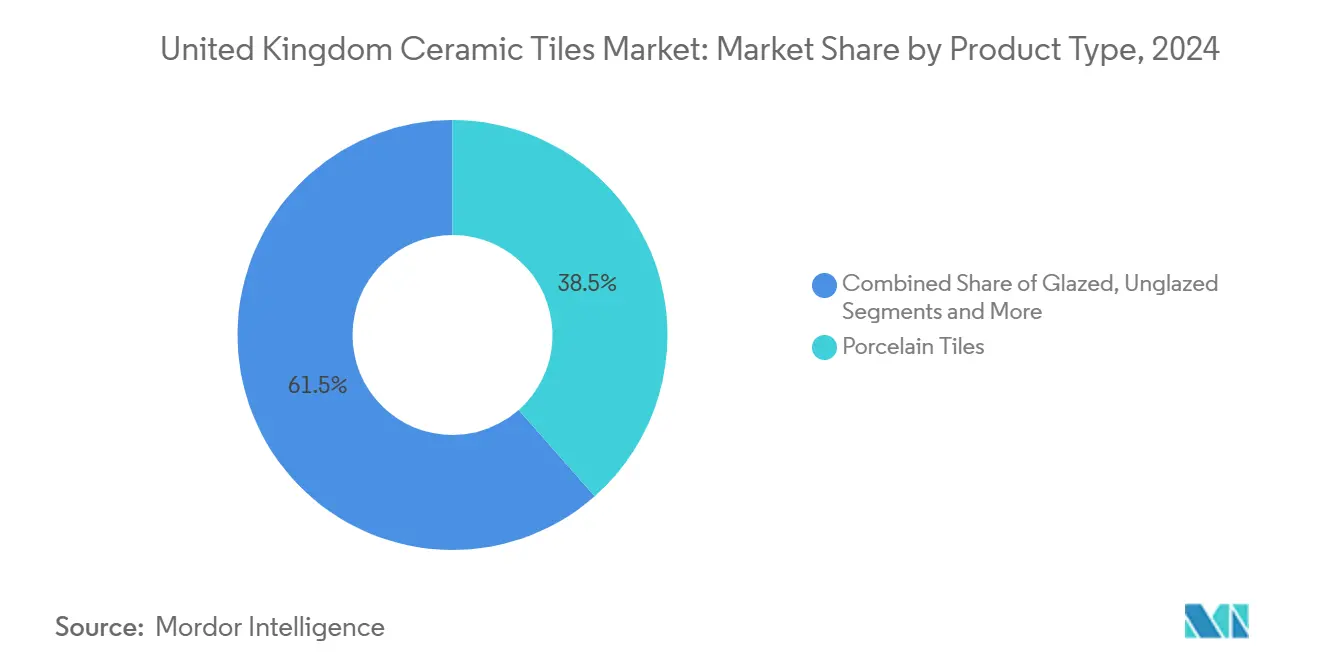




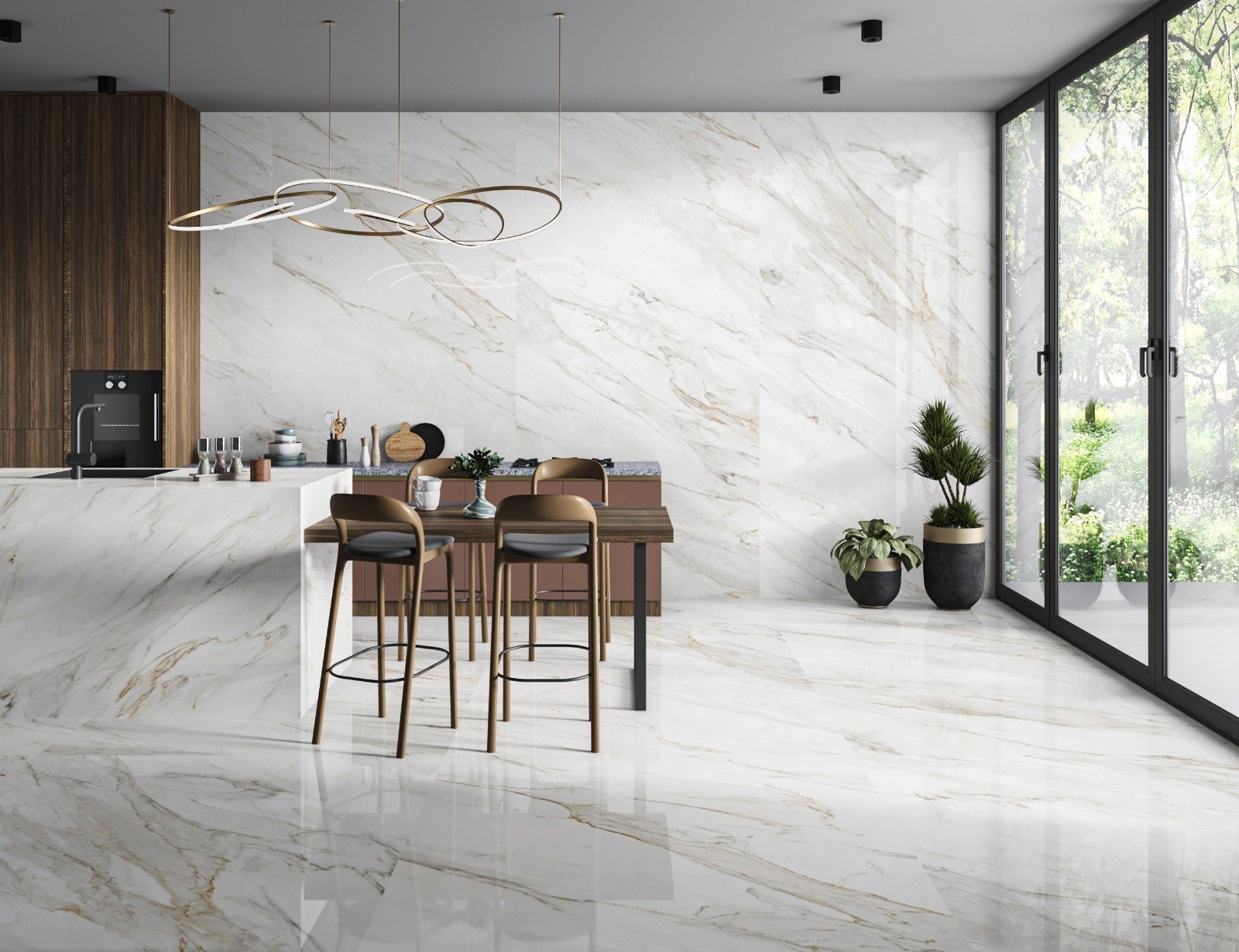
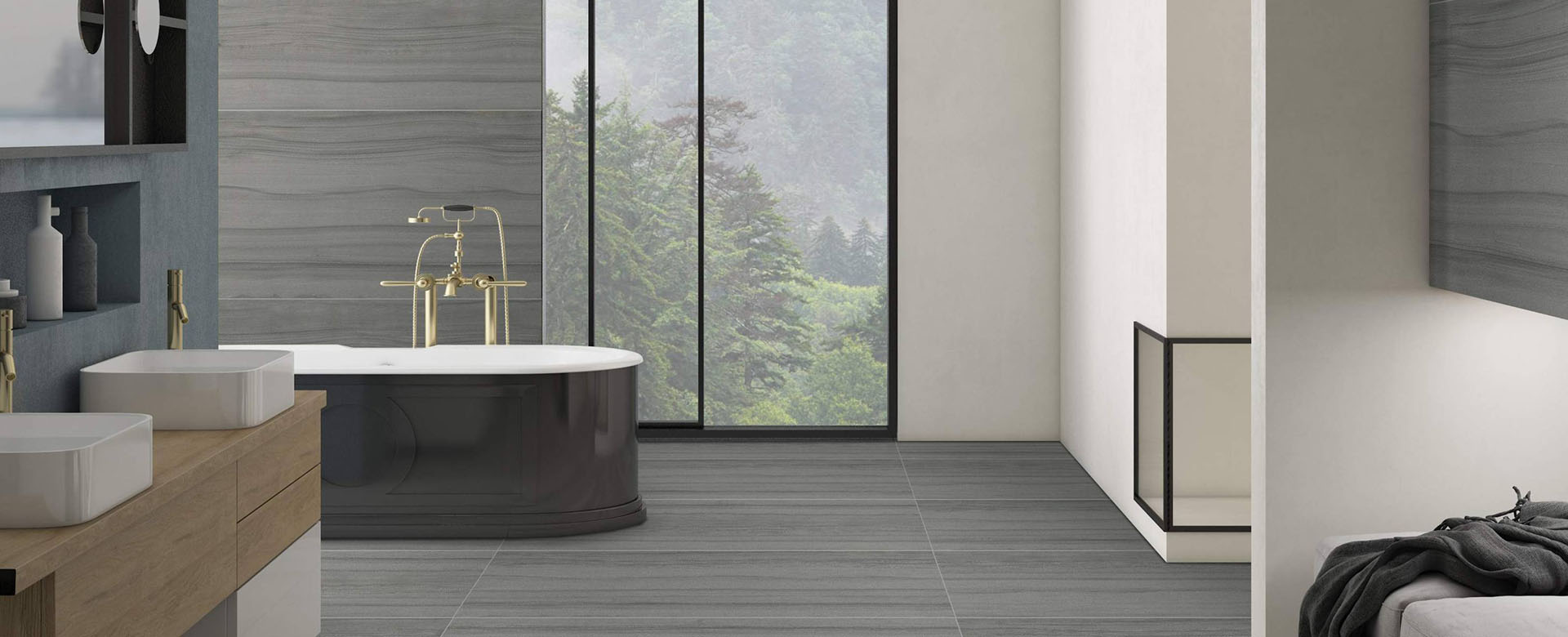
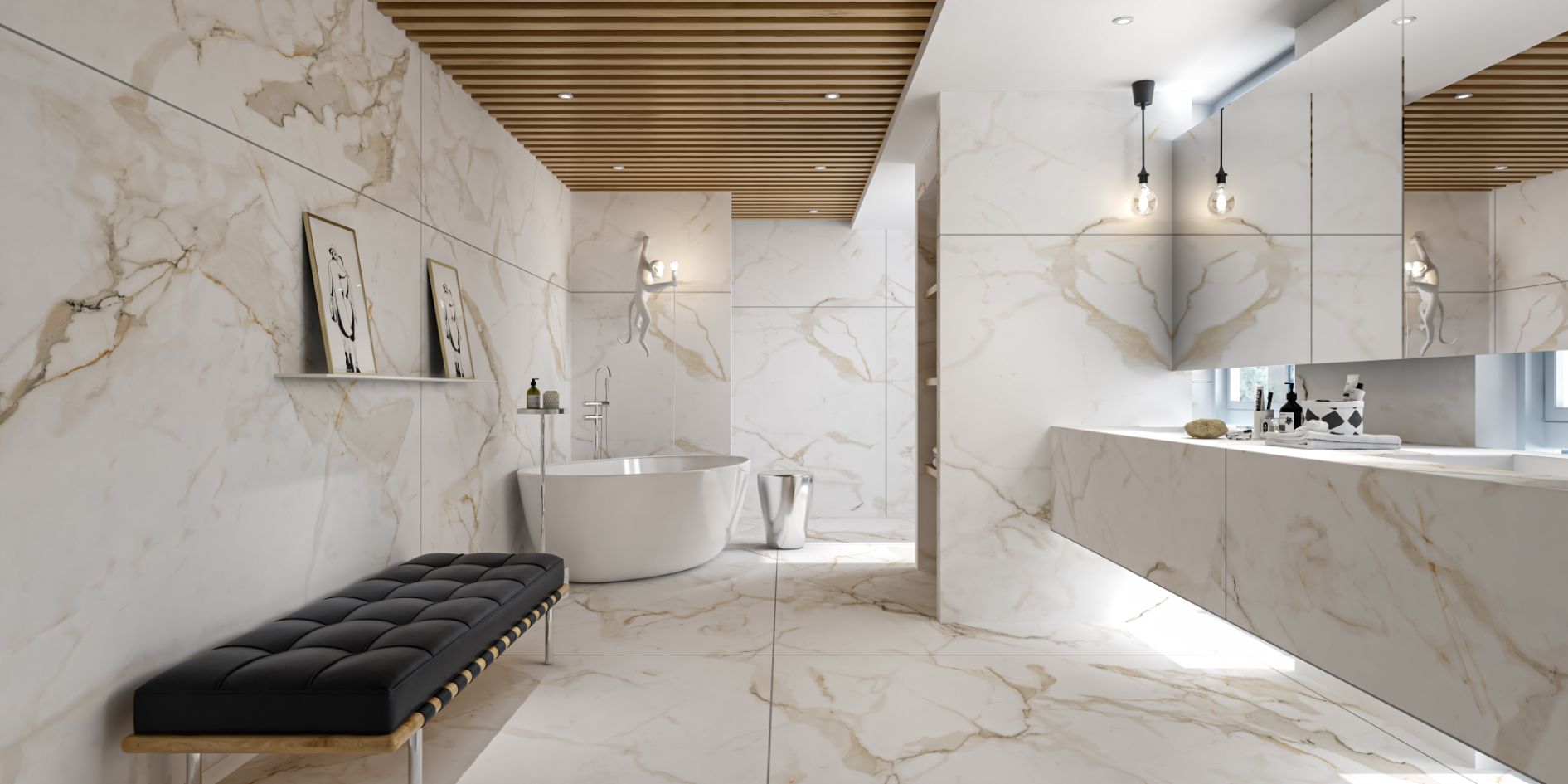
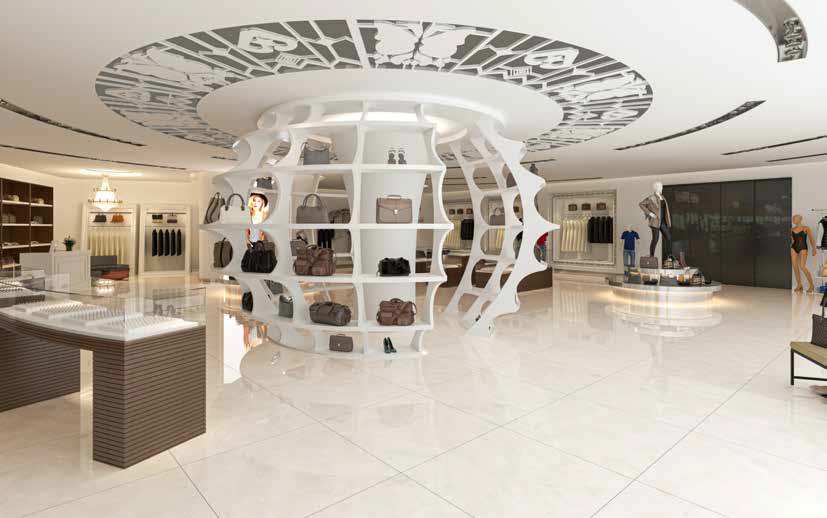
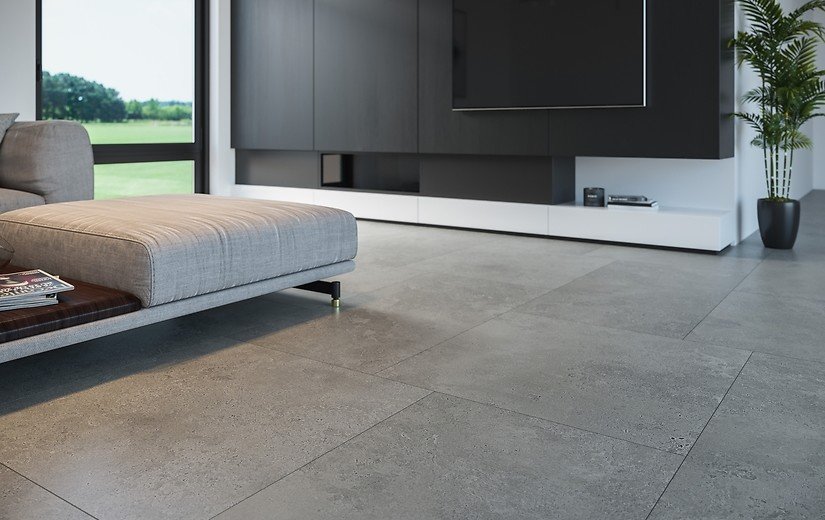
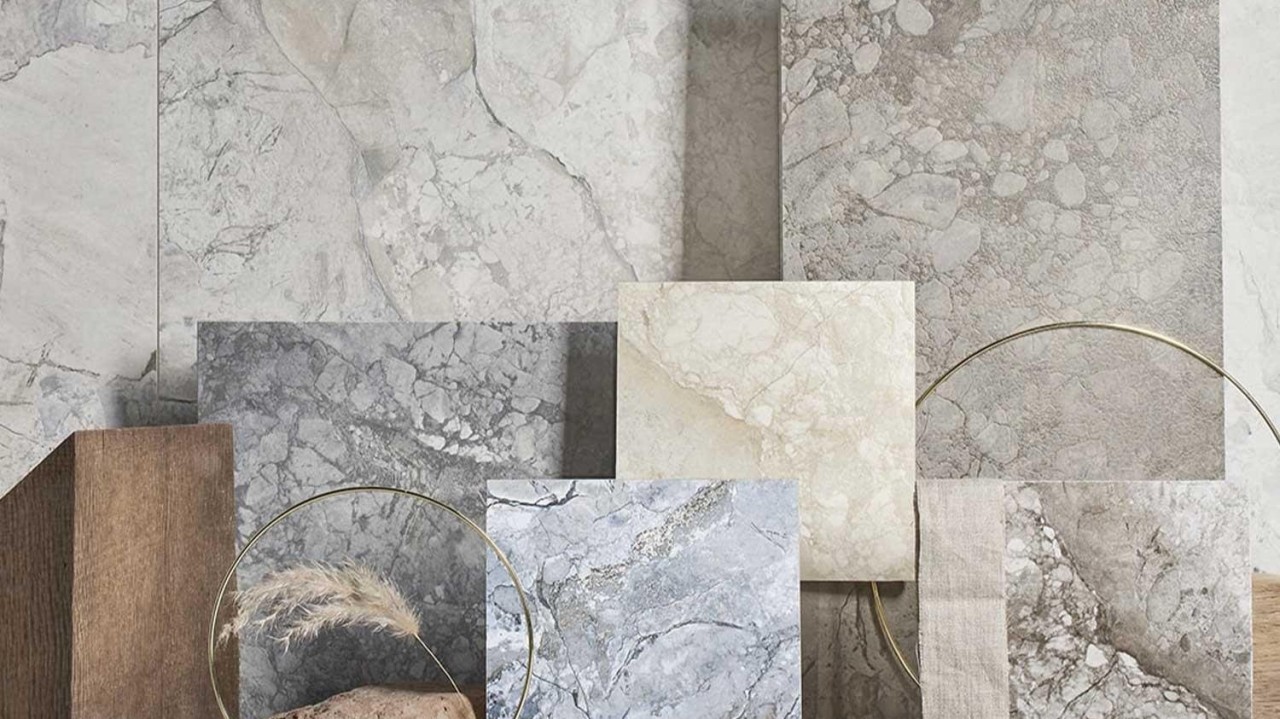


نظرات ۰